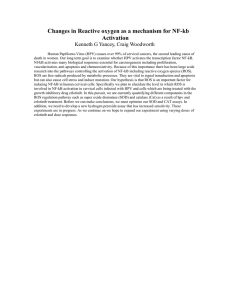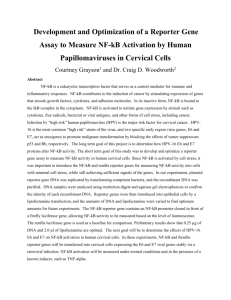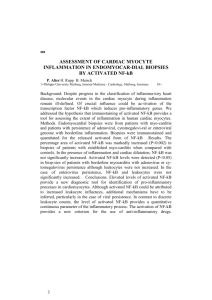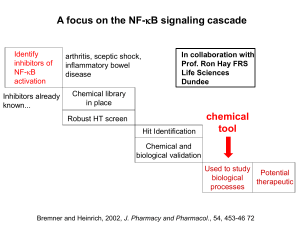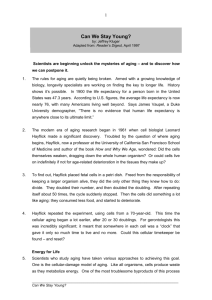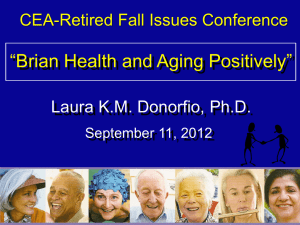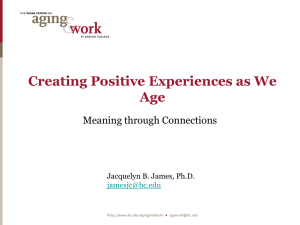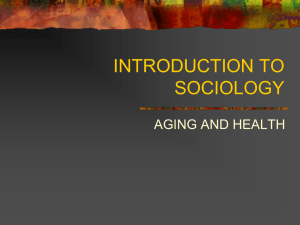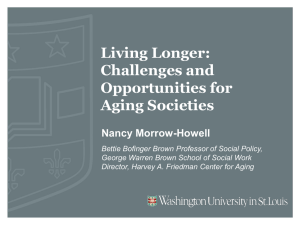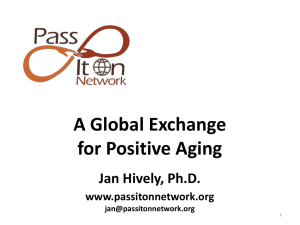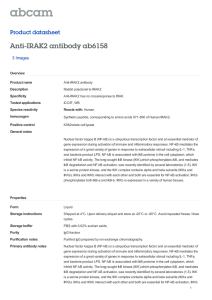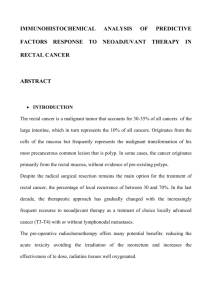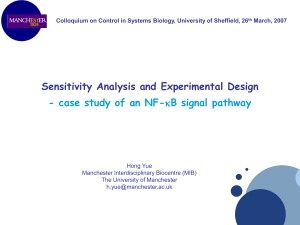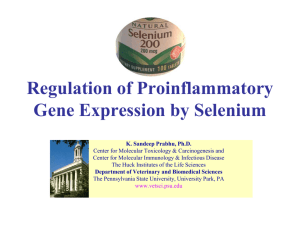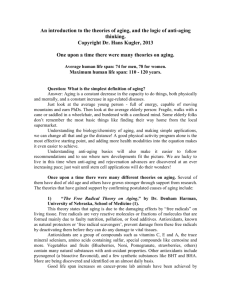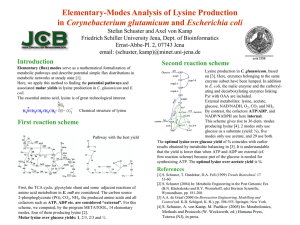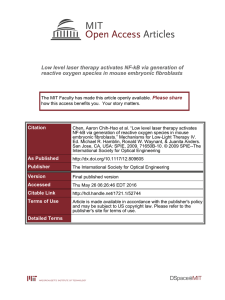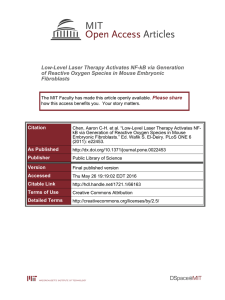PowerPoint
advertisement
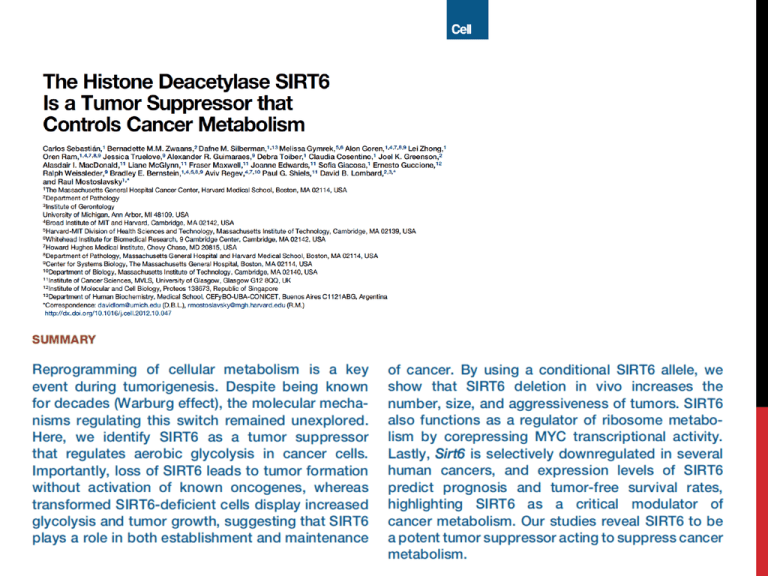
大部分の細胞はグルコースを 燃料として使用する。グルコー スは解糖系によって多段階か らなる一連の反応で代謝され、 結果的にピルビン酸を生成す る。典型的な細胞では、このピ ルビン酸の多くはミトコンドリア に入り、そこでクレブス回路に よって酸化されてATPを産生し、 細胞のエネルギー需要に応え ている。しかし、癌細胞や他の 高度に分裂している細胞にお いては、解糖系から供給され るこのピルビン酸の多くは、ミト コンドリアとは離れて、乳酸脱 水素酵素 (LDH) の働きによっ て乳酸を生成する。乳酸の産 生は、通常であれば酸素レベ ルが低い時の嫌気条件下に 限るのであるが、癌細胞は酸 素が多くある時であってもグル コースを乳酸の生成に向けて いる。これを「好気的な解糖」 あるいはワールブルク効果と 呼ぶ。 http://www.cstj.co.jp/reference/pathway/warburg_effect.php Warburg effectはがん細胞が正常 細胞よりも高速でグルコースを取り 込むにもかかわらず、酸化的リン 酸化に用いるグルコース量が少な いという現象のことを指す。 SIRT6 and its link to aging One of the longevity genes discovered encodes a protein called SIRT1, which is 1 of 7 proteins. These proteins are known as a class III histone deacetlyase, which means that they use NAD+ to remove Lysine acetyl from proteins or histones. Eventually the function of SIRT6 was discovered by researchers observing that SIRT6 knockout mice showed a premature aging phenotype (Mostoslavsky et al., 2006). It was believed that this aging phenotype is due to SIRT6 being a histone H3 lysine 9 deacetylase specific at telomeric chromatin and this lead to telemoric dysfunction (Michishita et al., 2008). The latest discover seems to suggest that the SIRT6 knockout aging phenotype is instead due to SIRT6 deacetylating H3 lysine 9 histones near NF-kB target gene promoters and SIRT6 is recruited there through a direct a physical interaction with RELA (Kawahara et al., 2008). SIRT6 deacetylation of histones near NF-kB genes lead to decreased NF-kB genes expression and prevents apoptosis and cellular senescenceing via NF-kB. So the disease phenotype of premature aging is brought on by loss of SIRT6, which makes NF-kB genes more active leading to increased cell death. This increased cell death due to hyperactive NF-kB genes leads to premature aging in the mice by increasing cell senescenceing and apoptosis . This knowledge that SIRT6 has some role in the aging process leads to the possible hope of some pharmaceutical intervention that could extend an organism life spain. http://devriesgen677s09.weebly.com/ Figure 4. Oncogenic alterations of glycolytic metabolism and their influence on malignant behavior (see text for details). Membrane transporter (GLUT1 and 3, glucose transporter type 1 and 3; MCT, monocarboxylate transporter). Glycolytic pathway (HK-II, hexokinase type II, bound to mitochondrial surface; PFK1-L, phosphofructokinase 1, type L; PK-M2, pyruvate kinase M2; glu-6-P, glucose-6-phosphate; fru-6-P, fructose-6-phosphate; fru-1,6-bP, fructose-1,6-bisphosphate; fru-2,6-bP, fructose-2,6-bisphosphate; PEP, phospoenolpyruvate). Other factors: NFκB, nuclear factor kappa B; pVHL, von Hippel-Lindau protein; HPV16/E7, human papillomavirus type 16, E7 oncoprotein; oncogenes (c-myc, ras); and mutated p53. Immunohistochemistry; IHC 免疫組織化学染色
